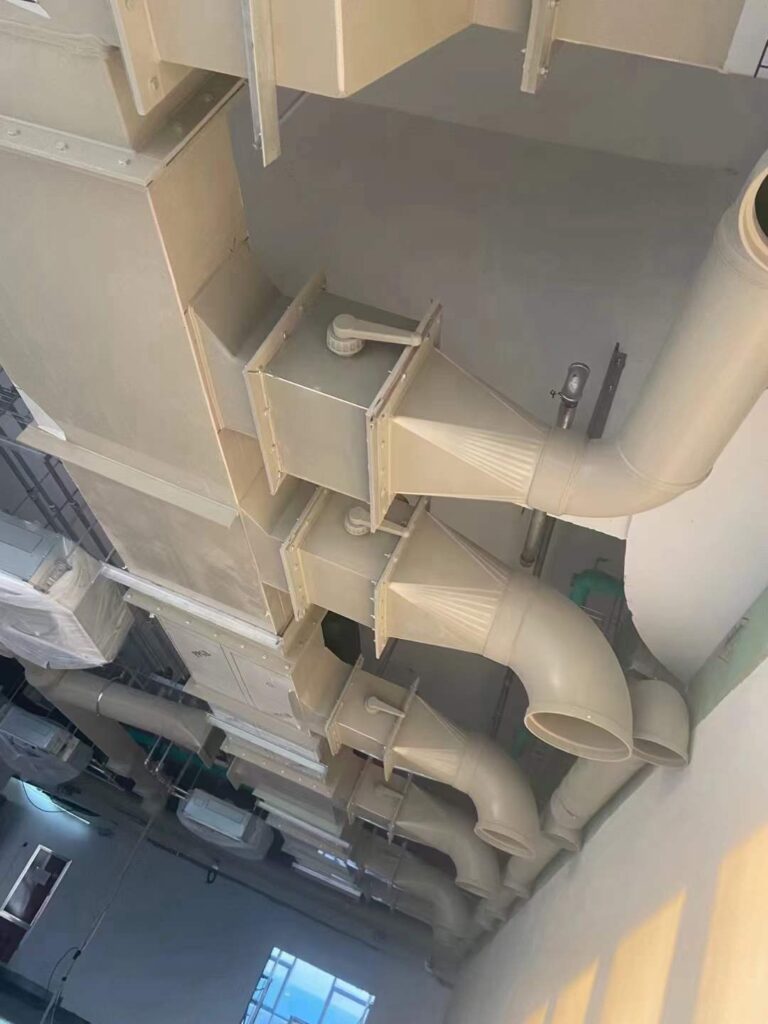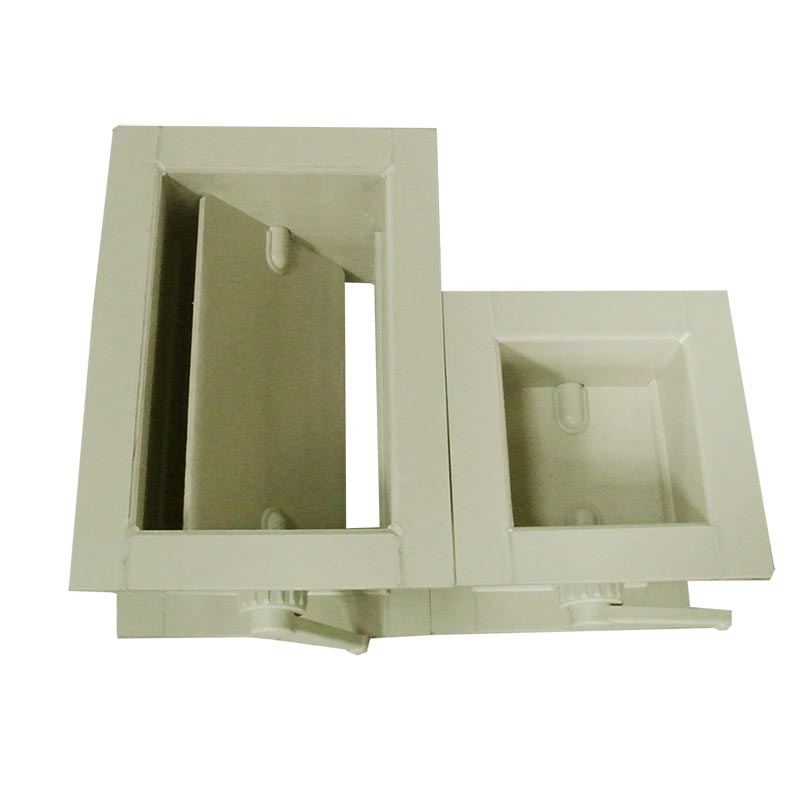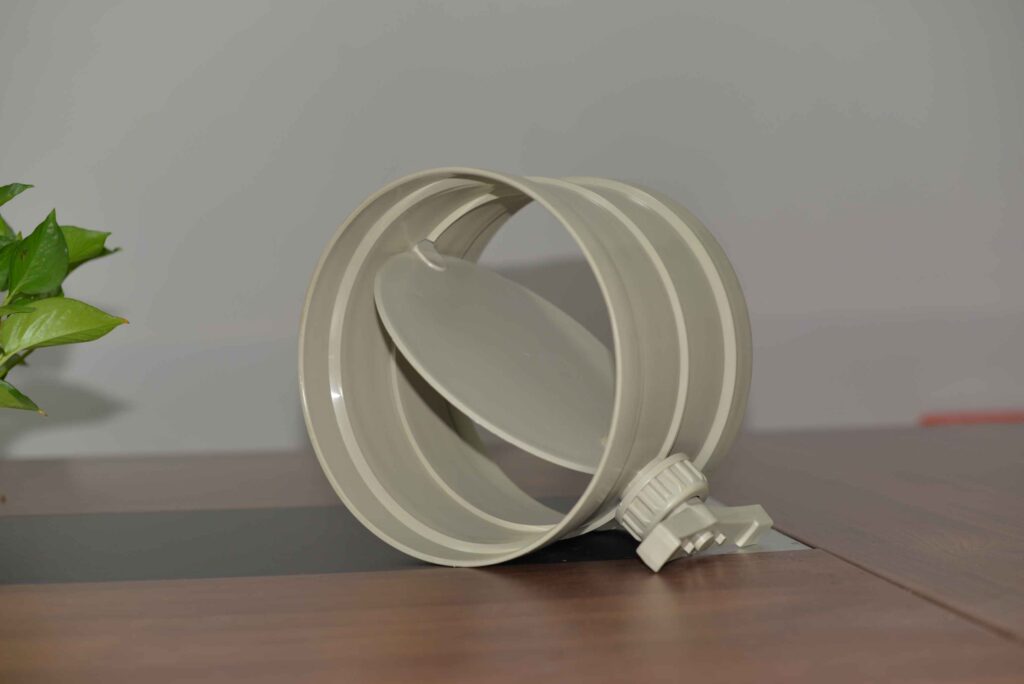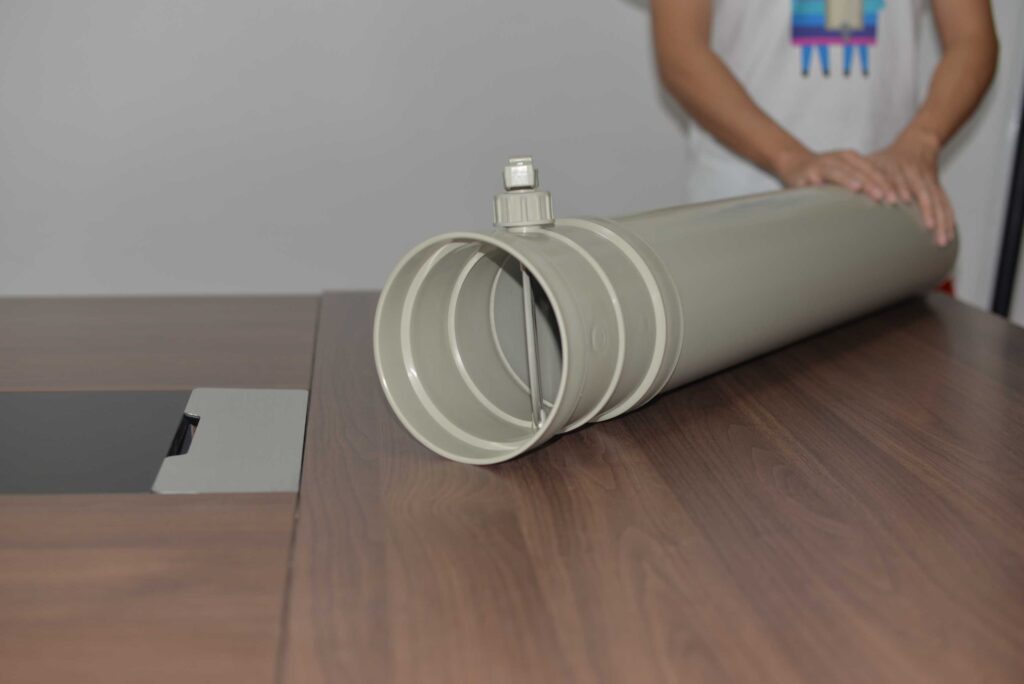Rectangular motorized duct damper
Category : Blog
Rectangular motorized duct damper is a device used in heating, ventilation, and air conditioning (HVAC) systems to control and regulate the airflow in rectangular ductwork. It is a type of damper that is equipped with a motor to enable automatic control of the airflow in the duct system. The damper can be adjusted to open or close, allowing air to flow or preventing it from doing so.
Rectangular motorized duct damper product description
The rectangular motorized duct damper is designed to fit inside rectangular ductwork and can be installed in both residential and commercial buildings. It is typically used in HVAC systems that require precise control of the airflow, such as in clean rooms, laboratories, hospitals, and other facilities that demand specific environmental conditions.

The damper is composed of two main parts: the frame and the blade. The frame is made of galvanized steel and is rectangular in shape to fit inside the ductwork. The blade is the component that moves to regulate the airflow. It is made of lightweight aluminum and is connected to a motor that drives its movement. The blade can be adjusted to open or close, depending on the airflow requirements of the HVAC system.
The motor is an essential component of the damper. It drives the movement of the blade, allowing it to open or close automatically. The motor can be controlled manually, by a switch or remote control, or automatically, by a building automation system (BAS). The motor is usually equipped with a thermal overload protection feature that protects it from overheating, which can damage the motor or cause it to fail.
Rectangular motorized duct dampers are available in different sizes to fit various rectangular ductwork sizes. They can also be customized to fit specific HVAC system requirements. The dampers can be installed in new or existing ductwork, depending on the design of the HVAC system.
There are several benefits of using rectangular motorized duct dampers in HVAC systems. One of the primary benefits is that they provide precise control of the airflow in the ductwork. This allows the HVAC system to maintain the desired environmental conditions, such as temperature, humidity, and air quality, in the building. The dampers also help to reduce energy consumption by optimizing the airflow in the HVAC system. By regulating the airflow, the system can operate more efficiently, reducing the amount of energy needed to heat or cool the building.
Another benefit of rectangular motorized duct dampers is that they are easy to install and maintain. The dampers can be installed quickly and easily by HVAC professionals. They are also easy to operate and maintain, requiring minimal maintenance over their lifespan. The motors used in the dampers are designed for long-term use, and they require minimal maintenance.

In addition, rectangular motorized duct dampers are durable and long-lasting. They are made of high-quality materials that are resistant to corrosion and wear and tear. This ensures that they will last for many years, providing reliable performance and efficient operation.
Rectangular motorized duct dampers are also versatile and can be used in a variety of HVAC systems. They can be used in both commercial and residential buildings and can be integrated into different types of HVAC systems. They are also compatible with different types of building automation systems, allowing for easy integration with existing HVAC control systems.
Rectangular motorized duct dampers are an essential component of HVAC systems that require precise control of the airflow. They provide efficient and reliable operation, reducing energy consumption and ensuring optimal environmental conditions in buildings. They are easy to install, operate, and maintain, making them an ideal choice for HVAC professionals. With their durability and versatility, they are a cost-effective solution for regulating airflow in rectangular ductwork.


